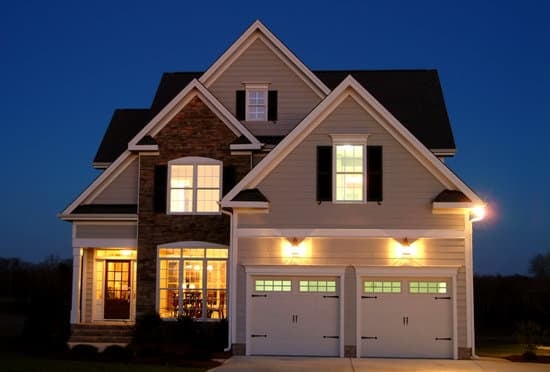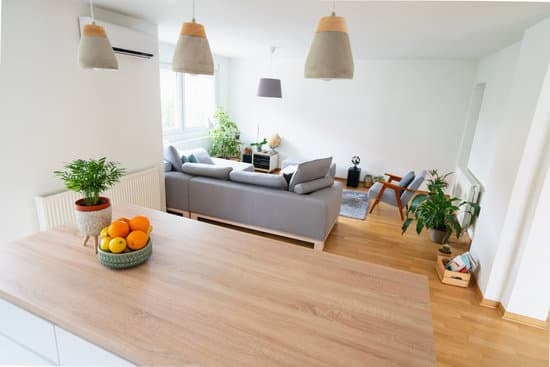Hydroponic systems are a fantastic way to grow plants, however, there are some issues that one can encounter. Here are three common issues you may encounter when using hydroponic systems:
Root Rot: One of the most common issues in hydroponic systems is root rot. This problem occurs when pathogens like pythium or fusarium enter the system and start to affect the root system. These pathogens thrive in warm, moist environments. To prevent root rot, ensure that your hydroponic system is clean, use good quality water, and maintain proper circulation in the nutrient solution.
Mold Growth / Plant Disease: Mold and mildew growth is common in hydroponic systems due to the presence of high moisture levels. This can lead to plant diseases that can affect the growth and development of your plants. To prevent mold growth in your hydroponic system, make sure that you clean and disinfect your equipment regularly, maintain optimal temperature and humidity levels, and use good quality air circulation systems.
Plant Leaf Issues: Another issue that can occur in hydroponic systems is problems with plant leaves. Pests, including spider mites, and thrips, can infest your plants and cause damage to the leaves. To prevent pest infestations, ensure that your hydroponic system is clean and sanitized, use good quality water, and keep your grow room well ventilated to prevent pests from entering the system.
By keeping these common issues in mind, you can better prepare for any potential hydroponic system problems you may face and take the necessary steps to prevent them from occurring.




















